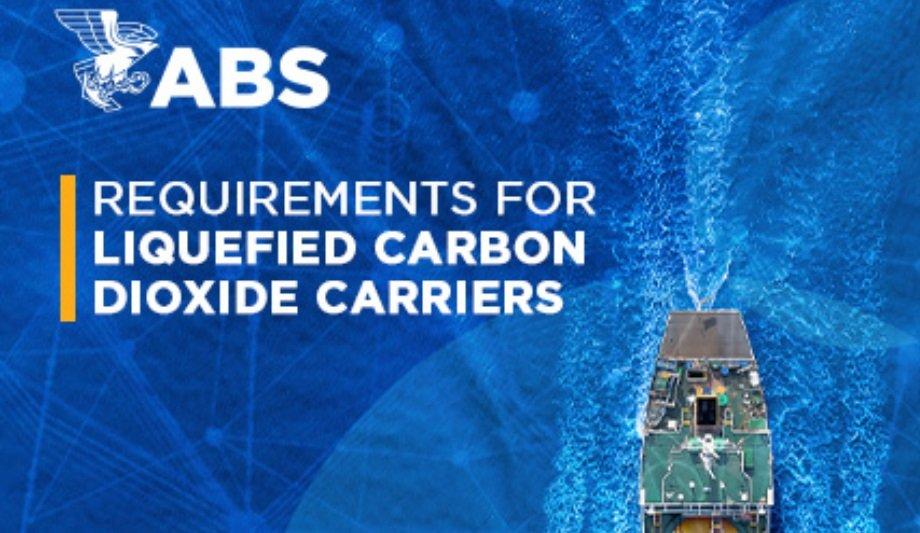ABS sets its sights on the vessels that will support the next step in the path of decarbonisation with its latest publication: Requirements for Liquefied Carbon Dioxide Carriers.
This is the first publication available in the maritime industry dedicated to the design, construction, and classification of LCO2 carriers where liquefied CO2 is carried as cargo.
Part of a decarbonisation strategy
As more industries adopt carbon capture, utilisation, and storage (CCUS) technologies as part of a decarbonisation strategy, the amount of captured CO2 will be greater than the consumption.
Excess CO2 needs to be transported both globally and locally for privacy or various uses
This excess CO2 needs to be transported both globally and/or locally for sequestration or various uses. Transporting captured CO2 over long distances will cause an increased demand for building dedicated liquefied CO2 (LCO2) carriers.
Safe transportation of CO2
“The safe transportation of CO2 plays a vital role in the carbon value chain, and ABS is proud to use our expertise as the world’s leading classification society for gas carriers to support this sector of the global energy transition."
"Our new requirements provide much needed guidance to minimise risks to the crew, vessel and the environment,” said Patrick Ryan, ABS Senior Vice President and Chief Technology Officer.


